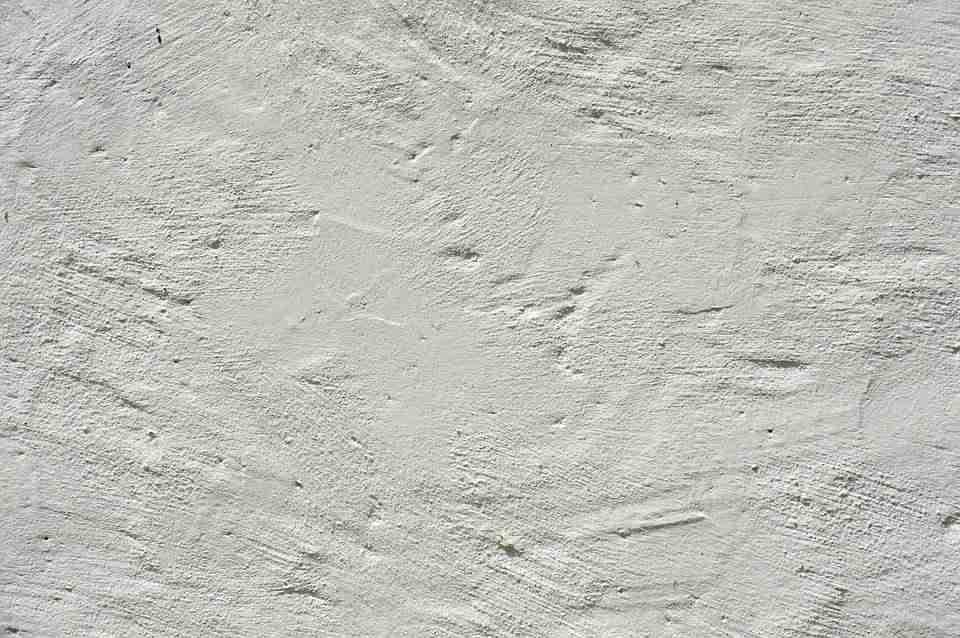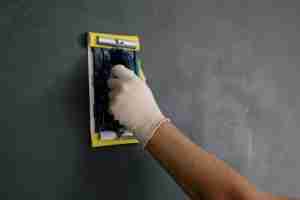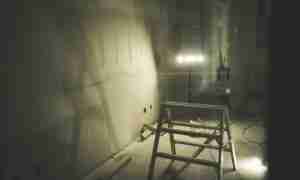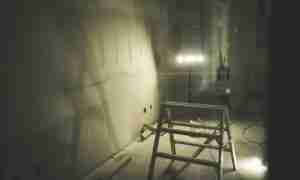Drywall installation is a fundamental step in creating smooth and seamless interior walls. However, the true magic happens during the drywall taping and mudding process. This is where the seams and joints between drywall sheets are concealed, creating a flawless surface ready for paint or texture. In this comprehensive guide, brought to you by Utah Drywall and Repair, we’ll delve into the art of drywall taping and mudding, sharing expert tips and techniques to help you achieve professional-quality results.
Achieving a smooth and flawless finish on your drywall is a combination of skill, technique, and the right tools. Whether you’re a DIY enthusiast or a professional contractor, mastering the art of drywall taping and mudding is essential for creating visually appealing interiors.
Contents
Understanding Drywall Taping and Mudding
Drywall taping and mudding involve concealing joints, seams, and fastener holes in drywall sheets. This process creates a seamless surface that’s ready for painting or texture application.
Essential Tools and Materials
Before you begin, gather the necessary tools and materials:
- Joint tape: Choose between paper tape (for inside corners) and fiberglass mesh tape (for flat seams).
- Joint compound (mud): Select an all-purpose or lightweight joint compound.
- Drywall knife: You’ll need both a 4-inch and a 12-inch knife for different stages of the process.
- Mud pan: A container for holding and mixing joint compound.
- Sanding block or sandpaper: Use fine-grit sandpaper for a smooth finish.
- Utility knife: For cutting tape and opening compound containers.
- Safety gear: Wear safety glasses and a dust mask.
Step-by-Step Guide to Taping and Mudding
1. Preparing the Surface
- Ensure the drywall is properly hung and fastened.
- Remove any dust or debris from the surface.
- Apply a thin coat of joint compound (mud) over joints and fastener holes to create a base layer.
2. Applying the Tape
- For flat seams, embed the fiberglass mesh tape in a layer of mud.
- For inside corners, use paper tape and apply mud to both sides of the corner.
- Press the tape firmly into the mud, ensuring good adhesion.
3. First Coat of Joint Compound (Mud)
- Apply a thin layer of mud over the embedded tape, extending it about 2 inches on each side.
- Use the 4-inch knife for this coat.
- Feather the edges to create a gradual transition.
4. Second and Third Coats
- Apply two additional coats of mud, each wider than the previous one.
- Feather the edges of each coat to blend with the surrounding wall.
- Use the 12-inch knife for these coats.
5. Sanding for Smoothness
- After the final coat is dry, sand the surface with fine-grit sandpaper or a sanding block.
- Feather the edges of any ridges or imperfections.
6. Final Touches and Inspection
- Inspect the surface for any visible imperfections or ridges.
- Make any necessary touch-ups with joint compound.
- Sand and inspect again until you achieve a smooth and flawless finish.
Common Taping and Mudding Mistakes to Avoid
- Applying too much mud at once, leading to cracking and uneven surfaces.
- Not feathering the edges of each coat, resulting in visible seams.
- Rushing the drying process, which can lead to imperfections.
Expert Tips for a Flawless Finish
- Take your time and allow each coat to dry thoroughly.
- Use proper lighting to identify imperfections.
- Practice your technique on scrap drywall pieces before tackling the final project.
Conclusion
Drywall taping and mudding are essential skills for achieving professional-quality interior walls. By following the steps outlined in this guide and avoiding common mistakes, you can create smooth and flawless surfaces that serve as a canvas for your interior design vision. For expert drywall services and guidance, contact Utah Drywall and Repair at 801-406-6350 or visit our website drywallrepairutah.com. We’re here to help you achieve perfection in your drywall projects.




